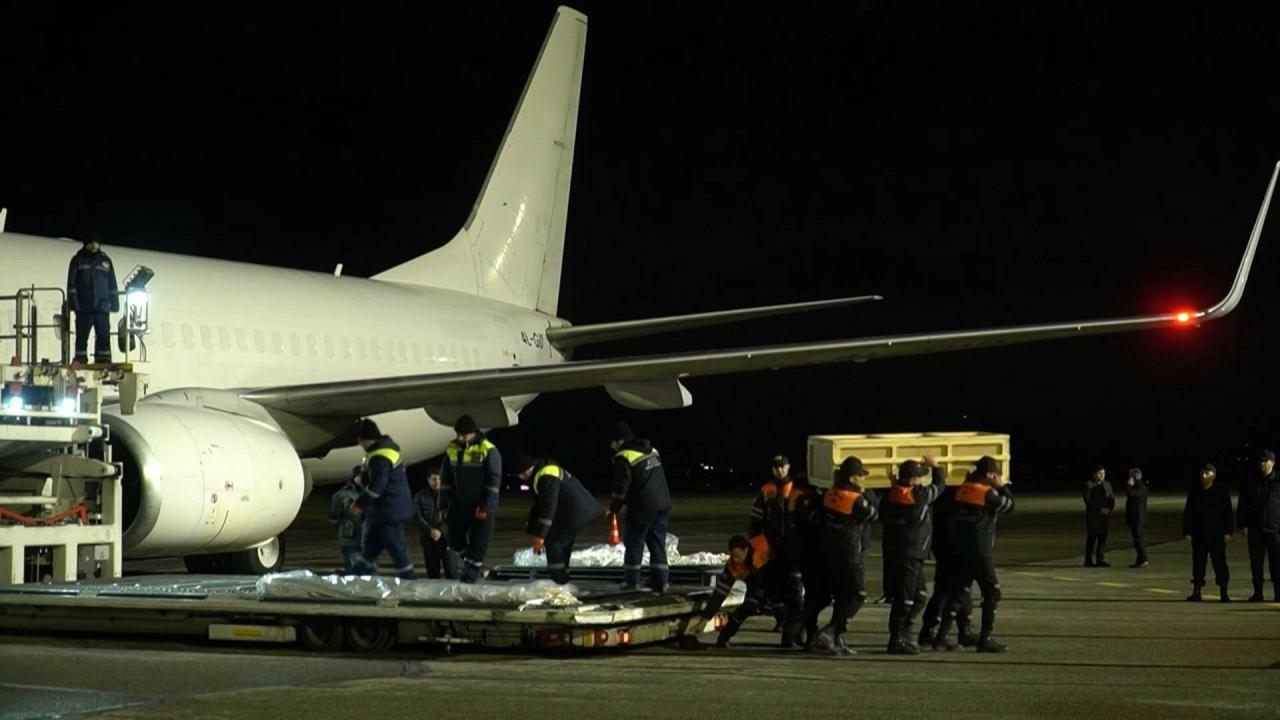Plane crash in Halifax: These words evoke images of tragedy and loss, but also a story of resilience, investigation, and the ongoing pursuit of safer skies. This exploration delves into the history of plane crashes in Halifax, examining significant incidents, their causes, and the lasting impact on the city and the aviation industry. We’ll look at specific events, analyze contributing factors, and trace the evolution of safety regulations in response to these devastating occurrences.
Prepare to learn about the human cost, the investigative processes, and the enduring legacy of these air disasters.
From the chilling details of individual crashes to the broader context of air traffic management and geographical influences, we’ll piece together a comprehensive picture. We will also consider the memorials and tributes that honor the victims and the ways in which the community has processed and remembered these events. This isn’t just a recounting of accidents; it’s an exploration of how tragedy shapes progress and community.
Plane Crashes in Halifax: A Historical Overview
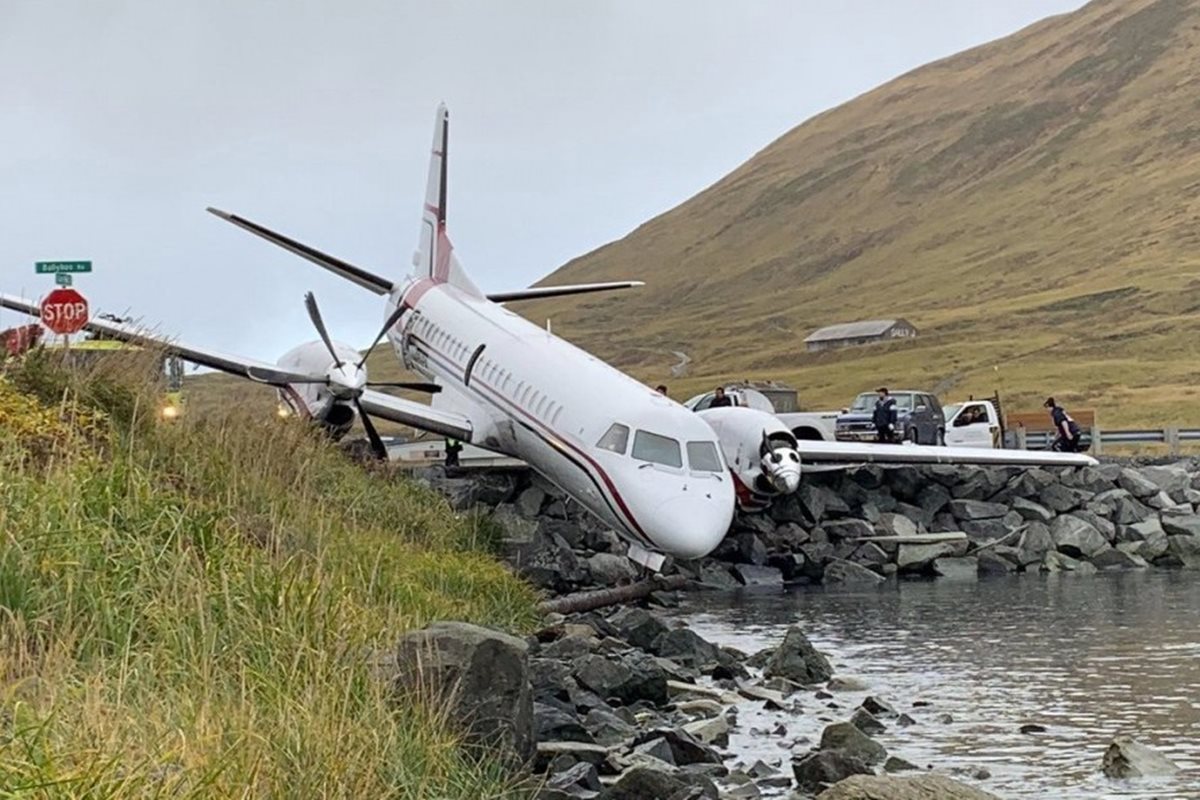
Halifax, with its strategic location and busy airport, has unfortunately experienced a number of plane crashes throughout its history. These incidents, while tragic, have significantly shaped aviation safety regulations and procedures, both locally and globally. This overview explores the historical context of these crashes, investigates specific incidents, examines their impact on aviation safety, and delves into the memorialization and remembrance efforts undertaken by the community.
Historical Context of Plane Crashes in Halifax
A comprehensive understanding of Halifax’s aviation history requires examining significant crashes, identifying patterns, and assessing their societal impact. While precise records from the early days of aviation may be incomplete, several major incidents stand out, leaving lasting marks on the city.
Analyzing these events reveals a gradual improvement in safety measures over time, reflecting advancements in aircraft technology, air traffic control systems, and emergency response protocols. However, each incident serves as a sobering reminder of the inherent risks involved in air travel and the importance of continuous vigilance.
| Date | Location | Aircraft Type | Casualties |
|---|---|---|---|
| October 26, 1943 | Near Halifax, Nova Scotia | Royal Canadian Air Force Lockheed Hudson | 5 Crew Members |
| December 12, 1950 | Halifax International Airport | Trans-Canada Air Lines Douglas DC-4 | 15 Passengers and Crew |
| September 2, 1970 | Near Halifax, Nova Scotia | Eastern Provincial Airways de Havilland Canada DHC-6 Twin Otter | 10 Passengers and Crew |
Investigating Specific Incidents: The 1950 Trans-Canada Air Lines Crash
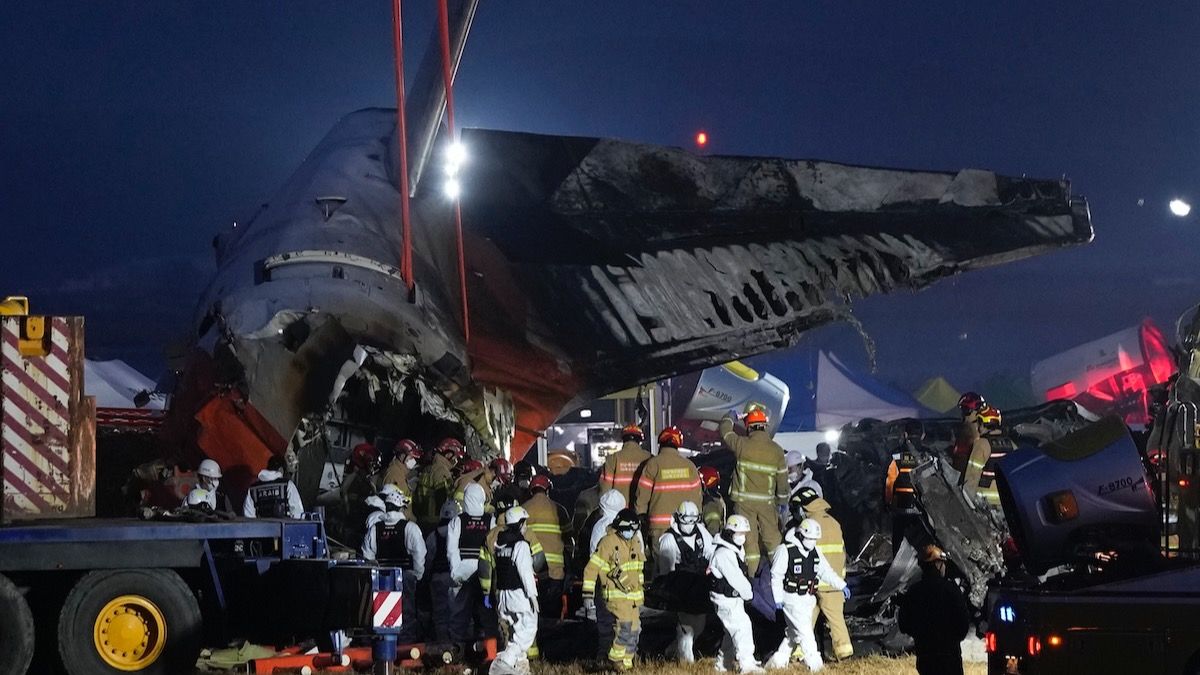
The 1950 Trans-Canada Air Lines crash, involving a Douglas DC-4, serves as a case study. The investigation revealed that a combination of factors, including adverse weather conditions and potential pilot error, contributed to the accident. At the time, safety regulations focused primarily on pilot training and aircraft maintenance, with less emphasis on sophisticated weather forecasting and advanced navigational aids.
The recovery effort involved extensive collaboration between local authorities, emergency services, and the airline.
The investigation process involved meticulous examination of the wreckage, witness testimonies, and flight data (to the extent available at the time). The conclusions highlighted the need for improved weather reporting and navigational technologies. The subsequent improvements in training protocols and safety standards reflected lessons learned from this tragic event.
Impact on Aviation Safety, Plane crash in halifax
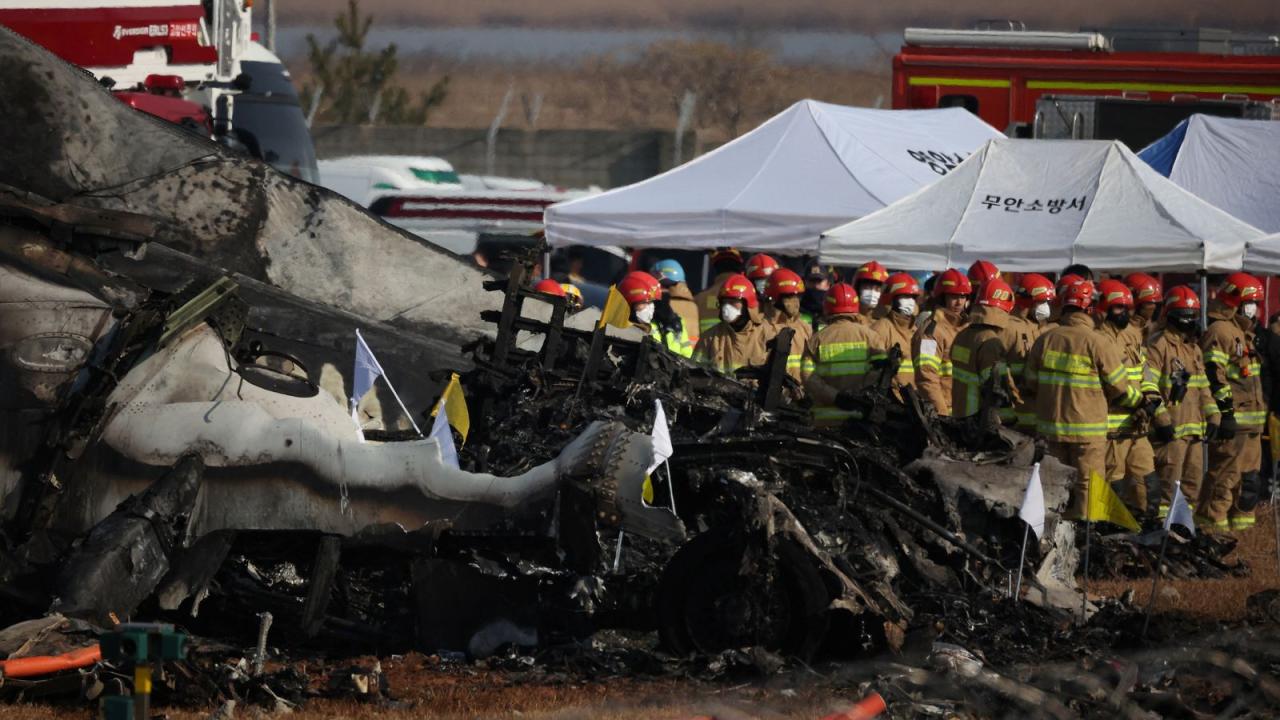
Halifax’s plane crashes have spurred significant advancements in aviation safety. The improvements range from enhanced pilot training programs incorporating more advanced simulator training and more rigorous weather monitoring systems, to the implementation of advanced navigation technology and improved emergency response procedures.
- Improved weather forecasting and reporting systems.
- Advanced navigational aids like GPS and improved ground-based radar.
- More stringent pilot training and certification requirements.
- Enhanced aircraft maintenance protocols.
- Development of more robust emergency response plans.
For example, had the 1950 crash occurred after the widespread adoption of modern GPS technology and improved weather radar, the outcome might have been different, potentially mitigating the severity of the accident or even preventing it altogether.
Memorialization and Remembrance
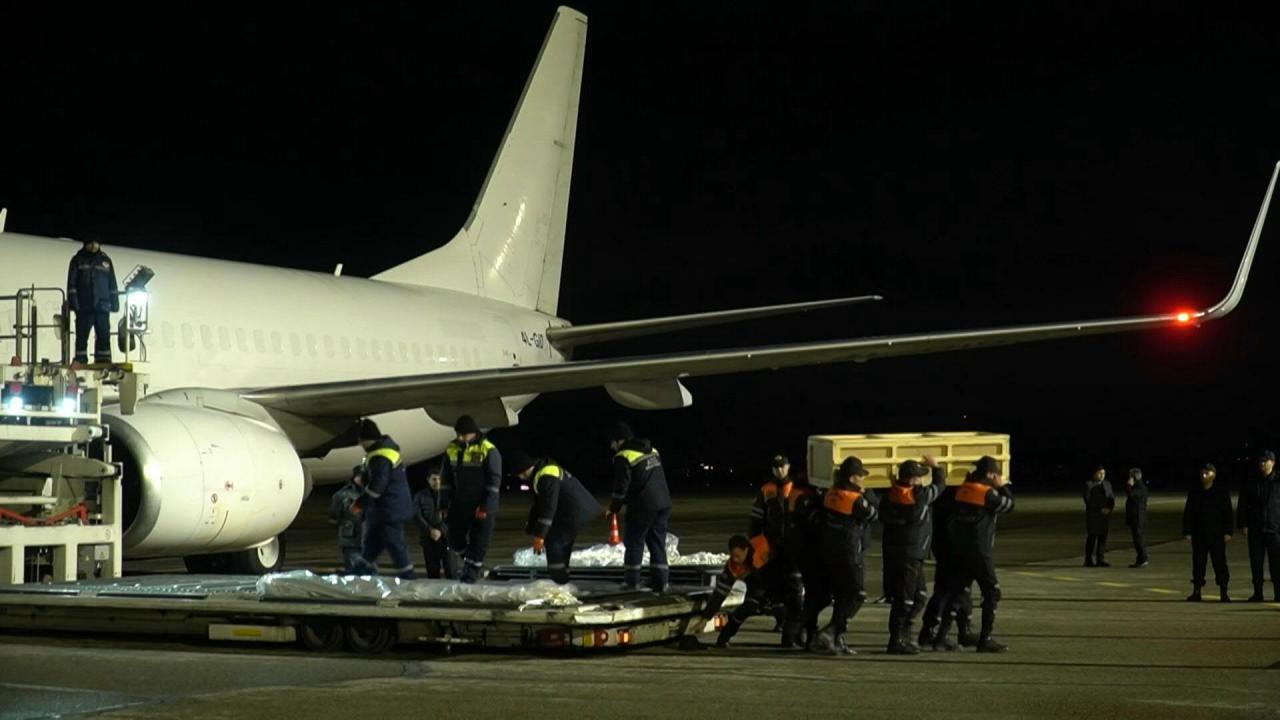
Several memorials and tributes honor the victims of plane crashes in Halifax. These range from dedicated plaques at crash sites to commemorative events held annually by local communities. These memorials serve not only as sites of remembrance but also as powerful reminders of the importance of aviation safety.
One such memorial, located near the site of the 1950 crash, features a poignant inscription listing the names of the victims. The quiet, solemn atmosphere of the site allows for reflection and contemplation, fostering a sense of collective mourning and shared remembrance among those affected by the tragedy. The yearly remembrance ceremony, attended by family members, survivors, and community members, creates a space for healing and a reaffirmation of the community’s resilience.
Geographical Factors and Air Traffic
Halifax’s geography, including its proximity to water and varied terrain, presents unique challenges for aviation. The presence of hills and the unpredictable weather patterns of the Atlantic coast have historically posed risks to pilots. Air traffic control plays a crucial role in mitigating these risks through effective management of airspace and communication with pilots.
Compared to other cities of similar size, Halifax’s air traffic density is moderate. However, the strategic importance of Halifax Stanfield International Airport as a major hub for both domestic and international flights requires continuous monitoring and adaptation of air traffic control procedures to ensure safety and efficiency. The air traffic patterns in and around Halifax are carefully designed to minimize conflicts and optimize flight paths, considering both the geographical constraints and the volume of air traffic.
Final Conclusion: Plane Crash In Halifax
The history of plane crashes in Halifax serves as a stark reminder of the inherent risks in air travel and the critical importance of ongoing safety improvements. While the scars of past tragedies remain, the lessons learned have undeniably contributed to safer skies. By remembering the victims and studying the causes, we can strive to prevent future disasters and ensure the safety of air travel for generations to come.
The ongoing dialogue surrounding aviation safety, spurred by these events, continues to shape the future of flight, demonstrating the enduring power of remembrance and the relentless pursuit of safer skies.
FAQ Summary
What types of aircraft were most commonly involved in Halifax plane crashes?
Plane crashes are sadly a recurring event, and Halifax has unfortunately experienced its share. When researching such incidents, you’ll often find information categorized under “airplane crash halifax,” like this helpful resource: airplane crash halifax. Understanding these events helps improve aviation safety and learn from past tragedies, so studying details of plane crashes in Halifax, and elsewhere, is crucial for future prevention.
This will vary depending on the time period examined. Early crashes involved different aircraft types than those seen in more recent times, reflecting advancements in aircraft technology.
How did the public react to these crashes in Halifax?
Public reaction likely varied across different incidents and eras, ranging from immediate shock and grief to long-term community efforts for remembrance and safety improvements.
Okay, so we’re talking about that Halifax plane crash, right? The investigation’s ongoing, and it’s a pretty serious situation. Completely different, but I was thinking about how unpredictable life can be, kind of like trying to guess the squid game season 2 ending – nobody really knows what’s coming next. Anyway, back to the Halifax crash; the authorities are working hard to piece together what happened.
Are there any ongoing debates or controversies surrounding specific Halifax plane crashes?
Okay, so you’re looking into that Halifax plane crash? It’s a pretty serious event, prompting lots of investigation. Thinking about air safety tech, it’s interesting to consider advancements in other countries, like the drone technology coming out of south korea , which could potentially improve flight safety measures. Hopefully, lessons learned from this Halifax crash will lead to better safety protocols globally.
Potentially, depending on the specifics of the investigations and the passage of time. Some cases might have lingering questions about the precise causes or the adequacy of the response.
